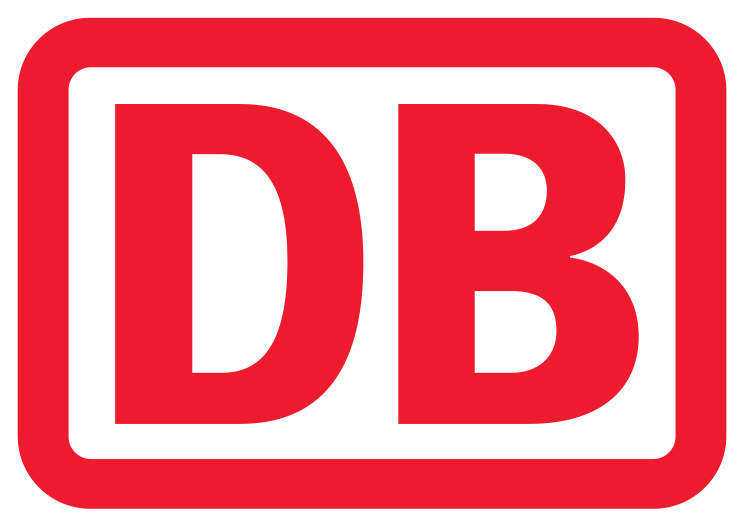Book 2 hours of individual coaching with your trainer.More info
DAX: reusable measures and functions in Power BI and Excel
Add additional calculations to the pivot table with Data Analysis Expressions

Contents
The basic DAX functions
- The line and filter context.
- The basic scalar functions, such as Sum(), Count(), Max(), ... as well as their bigger brothers SumX(), CountX(), MaxX(), ... and their respective areas of application.
- The table functions Filter(), All(), ... and their meaning.
- The initial and explicit filter context.
- The dangers of nesting X functions.
- Calculate() as the central DAX function and its properties.
- The general table mode and the higher-performance column mode for Calculate().
- The use of variables to better analyze DAX expressions.
- Combination of the various DAX functions Calculate (), Filter(), And(), ... for extensive tasks.
The Time Intelligence functions
- Create period comparisons with e.g. SamePeriodLastYear ().
- Previous year, previous month comparison with PreviousYear, PreviousMonth(), DateAdd().
- Cumulative totals calculations using TotalYTD(), TotalQTD(), TotalMTD() and DatesYTD(), DatesQTD(), DatesMTD().
Tips and tricks
Learning environment
Your benefit
- You understand the row and filter context and their meaning in the DAX functions.
- You understand the different applications of scalar functions and table functions.
- You will learn the basic concepts behind DAX expressions so that you can independently develop solutions for your tasks.
- You will get to know the DAX functions in concrete tasks so that you can apply what you have learned directly in practice.
Methods
Presentation, practical examples and numerous practical exercises on your own PC, sample solutions.
Please bring your own laptop to the training .
Recommended for
Employees and specialists who work in controlling or finance and want to put their evaluations in Excel PowerPivot and Power BI on a solid footing or expand them. Basic knowledge of Excel or Power BI and basic knowledge of Power Query are recommended prerequisites for participating in the training. Previous knowledge of DAX is not essential.
DAX can be used both in the free Microsoft Excel add-in Power Pivot (from Excel 2010) and in Power BI. This means that the training can be attended by Excel users as well as Power BI users.
31256
Start dates and details

Monday, 19.01.2026
09:00 am - 5:00 pm
Tuesday, 20.01.2026
09:00 am - 5:00 pm

Wednesday, 11.02.2026
09:00 am - 5:00 pm
Thursday, 12.02.2026
09:00 am - 5:00 pm
Monday, 23.03.2026
09:00 am - 5:00 pm
Tuesday, 24.03.2026
08:00 am - 4:00 pm
- one joint lunch per full seminar day,
- Catering during breaks and
- extensive working documents.

Monday, 13.04.2026
09:00 am - 5:00 pm
Tuesday, 14.04.2026
09:00 am - 5:00 pm
Monday, 11.05.2026
09:00 am - 5:00 pm
Tuesday, 12.05.2026
08:00 am - 4:00 pm
- one joint lunch per full seminar day,
- Catering during breaks and
- extensive working documents.

Monday, 08.06.2026
09:00 am - 5:00 pm
Tuesday, 09.06.2026
09:00 am - 5:00 pm

Wednesday, 01.07.2026
09:00 am - 5:00 pm
Thursday, 02.07.2026
09:00 am - 5:00 pm
Thursday, 13.08.2026
09:00 am - 5:00 pm
Friday, 14.08.2026
08:00 am - 4:00 pm
- one joint lunch per full seminar day,
- Catering during breaks and
- extensive working documents.

Thursday, 17.09.2026
09:00 am - 5:00 pm
Friday, 18.09.2026
09:00 am - 5:00 pm
- one joint lunch per full seminar day,
- Catering during breaks and
- extensive working documents.
 4.6
4.6









